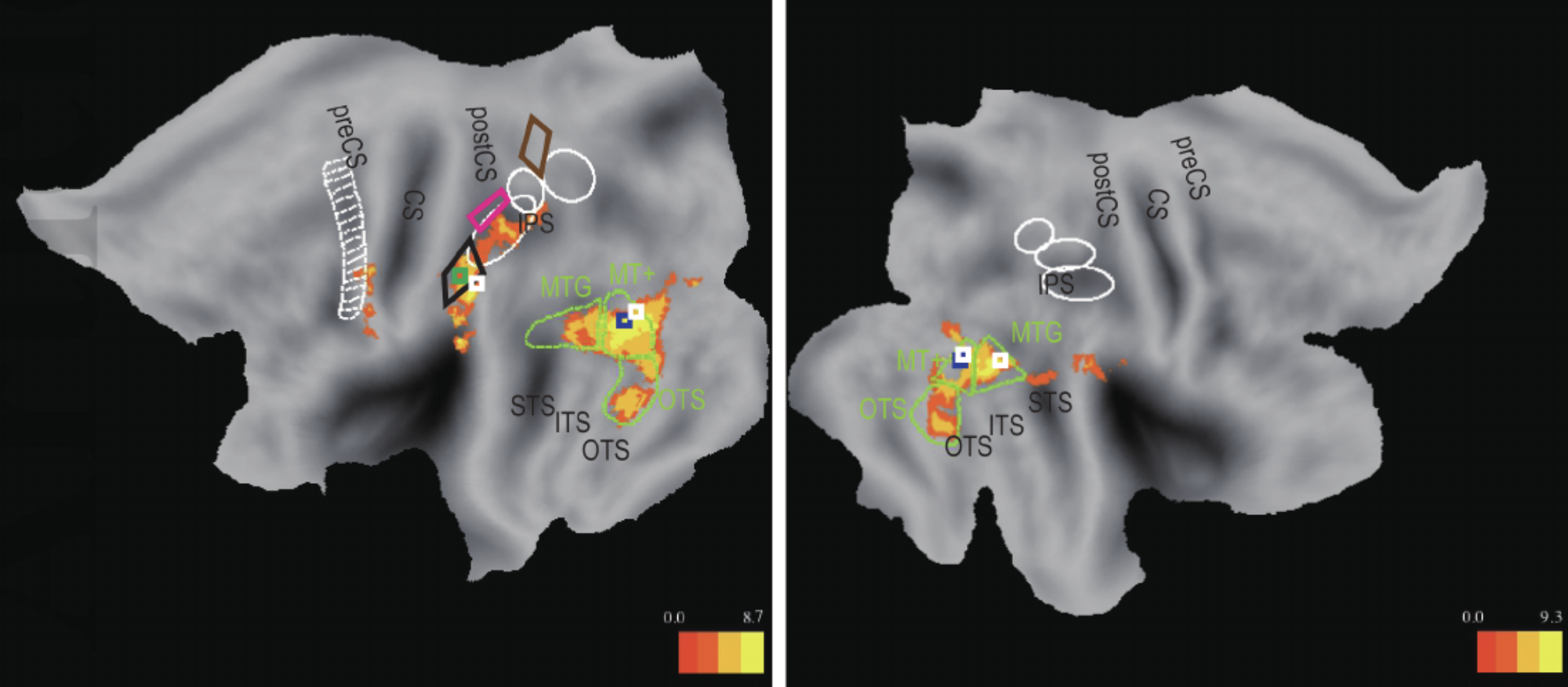Our faculty member Burcu Ayşen Ürgen published a new paper titled “A parietal region processing numerosity of observed actions: An fMRI study” in European Journal of Neuroscience. The other authors of the paper are Hiromasa Sawamura from University of Tokyo (Japan), Guy A. Orban from University of Parma (Italy), and Daniele Corbo from University of Brescia (Italy). The study examined numerosity specific brain regions during action observation using functional magnetic resonance imaging in humans.
ABSTRACT
When observing others’ behavior, it is important to perceive not only the identity of the observed actions, but also the number of times they were performed. Given the mounting evidence implicating posterior parietal cortex in action observation, and in particular that of manipulative actions, the aim of this study was to identify the parietal region, if any, that contributes to the processing of observed‐manipulative‐action numerosity, using the functional magnetic resonance imaging technique. Twenty‐one right‐handed healthy volunteers performed two discrimination tasks while in the scanner, responding to video stimuli in which an actor performed manipulative actions on colored target balls that appeared four times consecutively. The subjects discriminated between two small numerosities of either observed manipulative actions (“Action” condition) or colors of balls (“Ball” condition). A significant difference between the “Action” and “Ball” conditions was observed in occipito‐temporal cortex and the putative human anterior intraparietal sulcus (phAIP) area as well as the third topographic map of numerosity‐selective neurons at the post‐central sulcus (NPC3) of the left parietal cortex. A further ROI analysis of the group‐average data showed that at the single voxel level the latter area, more than any other parietal or occipito‐temporal numerosity map, favored numerosity of observed actions. These results suggest that phAIP processes the identity of observed manipulative actions, while neighboring NPC3 likely processes the numerosity of the identified observed actions.
